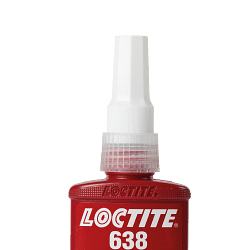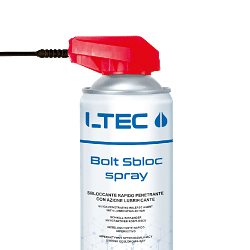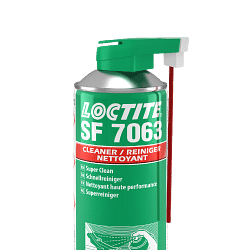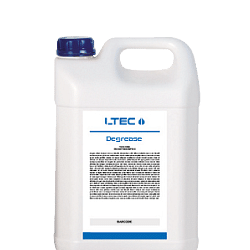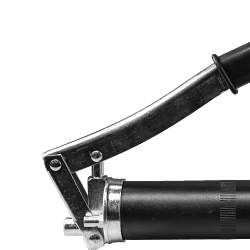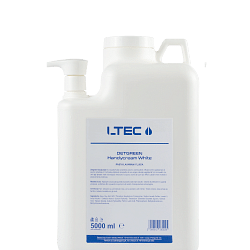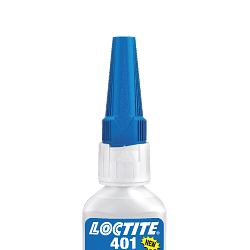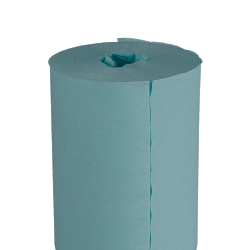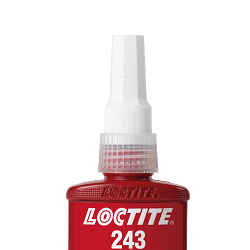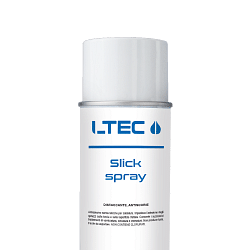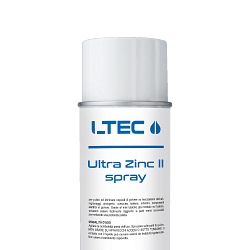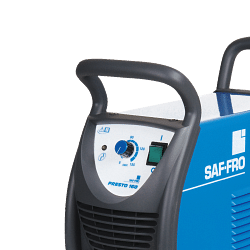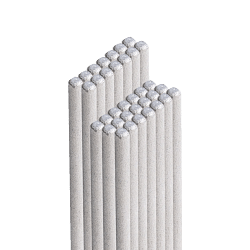Register and use the discount code NEWWELCOME to get 10% off on your first purchase. GET DISCOUNT.
Register and use the discount code NEWWELCOME to get 10% off on your first purchase. GET DISCOUNT.
Register and use the discount code NEWWELCOME to get 10% off on your first purchase. GET DISCOUNT.
Free shipping in 24h from 200€
Catalogues
Customer service
How can we help you?
- Faq
- Customer service
02.927371
- Supporting big orders
02.38298620
-
info@linkindustrialtools.it
- Request assistance with form
Or contact us with the chat in the lower right corner
- All products
 Integral cutting tools
Integral cutting tools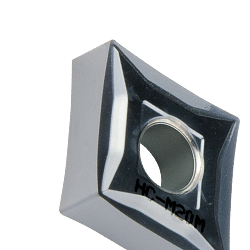 Turning tools
Turning tools Thread tools
Thread tools Thread tools
Thread tools- All products
- Thread inserts
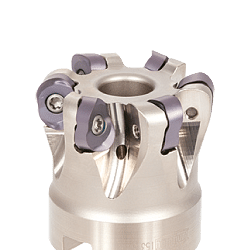 Milling cutters
Milling cutters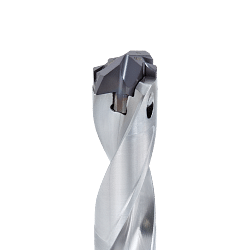 Drilling tools
Drilling tools Drilling tools
Drilling tools- All products
- Indexable drill bits
- Indexable drill heads
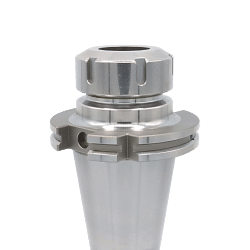 Clamping systems
Clamping systems Measuring and precision tools
Measuring and precision tools Measuring and precision tools
Measuring and precision tools- All products
- Digital calipers with readings to 0.01
- Analogue calipers
- Digital micrometers
- Analogue micrometers
- Bore gauges
- Snap gauges
- Digital gauges
- Analogue gauges
- Touch probes
- Zero setters and edge finders
- Inspection plates
- Altimeters
- Height gauges
- Squares and levels
- Threaded rings
- Gauge blocks
- Calibrated tapes and thickness gauges
- Digital and analogue hardness testers
- Roughness testers
- Microscopes, lenses and visors
- Digital thermo-hygrometer to measure moisture
- Reset benches
- Optical profile projector
- Professional, digital dynamometers
- Laboratory scales
- Digital amperometric pliers
- Thickness and adhesion gauges
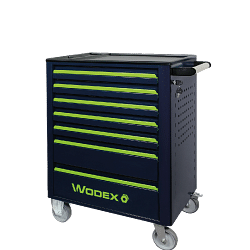 Hand tools
Hand tools Hand tools
Hand tools- All products
- Combination wrenches
- Spanners
- Hook wrenches
- Tubular wrenches
- Hexagon keys
- Torx wrench
- Socket wrenches
- Screwdrivers
- Torque wrenches
- Torque screwdriver
- Inserts and bits for screw drivers
- Tool trolleys
- Workshop pliers
- Wire strippers
- Cable strippers
- Cutting nippers
- Professional scissors
- Nippers
- Professional shears
- American or Swedish pipe wrench
- Adjustable wrench
- Pipe tools
- Pipe cutter for plumber
- Cutter
- Hacksaws
- Deburring tools
- Chisels
- Hammers and mallets
- Mechanical and conical pullers
- Clamps
- Tap wrenches and die stocks
- Riveters
- Flexometers
- Tape measures
- Markers
- Flat squares and rulers
- Professional dividers
- Professional protractors
- Brushes
- Lubricators and spray nozzles
- T-wrenches
- Reversible ratchets
 Abrasives
Abrasives Abrasives
Abrasives- All products
- Cutting discs
- Deburring grinding wheel
- Flap discs
- Fabric discs for surface treatment
- Abrasive fibre discs with Velcro
- Abrasive cloth in rolls, sheets and bands
- Flap wheels with pin and abrasive wheel with hole
- Abrasive wheels for buffing machines
- Abrasive spiral bands
- Abrasive brushes
- Flexible sanders
- Mounted grinding discs
- Polishing felt
- Solid carbide rotary cutters
- HSS rotary cutters
- Abrasive wheels for sharpening and grinding
- Diamond grinding wheels
- Grinding stone
- Diamond paste
- Abrasive stones
- Files and rasps
- Diamond files
- Grinders and polishing equipment
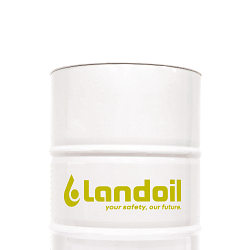 Lubricants for machine tools
Lubricants for machine tools Lubricants for machine tools
Lubricants for machine tools- All products
- Water-miscible coolants
- Neat cutting oil
- Minimal lubrication systems
- Oil for guides and slides
- Drums of hydraulic oil fluid
- Anti-freeze for machine tools
- Air coolers
- Oil separator
- Powders and absorbents for oil
- Aspirators for oil mist
- Accessories for cooling lubricants
- Metal and mould protectors
- Grease and paste
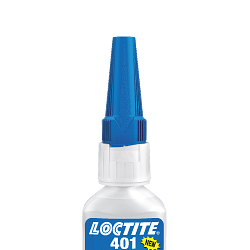 Chemical, adhesives and sealants
Chemical, adhesives and sealants Chemical, adhesives and sealants
Chemical, adhesives and sealants- All products
- Acrylic, cyanoacrylate and epoxy adhesives
- Guns and silicon sealant
- Threadlocker
- Sealants and retainers
- Release agents, lubricants and anti-seize
- Zinc spray and polishes
- Lubrication accessories
- Protections for maintenance
- Industrial Cleansing
- Handwash
- Industrial cloths and rags
- Welding machines
- Electrodes
- Clamps, shields and welding masks
- Antispatter
 Safety equipment
Safety equipment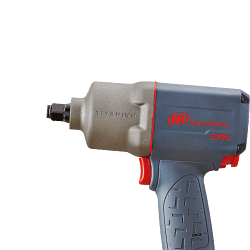 Pneumatics
Pneumatics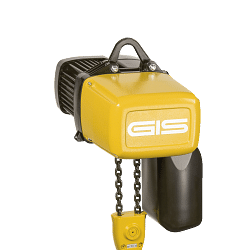 Lifting systems
Lifting systems Workshop equipment
Workshop equipment Workshop equipment
Workshop equipment- All products
- Column and bench drills
- Accessories for lathes
- Band saws
- Cut-off machines
- Bench grinders
- Power tools
- Spare parts and accessories for Power Tools
- Saws and hole cutters: wood, metal and plasterboard
- Tapered cutters for sheet metal
- Industrial aspirators
- Fume aspirators
- Bench vices
- Technical lamps
- LED torches
- Industrial cable winders
- Trolley wheels
- Quick clamps
- Threaded inserts
- Control knobs
- Packaging accessories and material
- Belt sanders
- Electric tapping machines
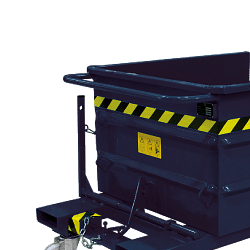 Furnishings and storage
Furnishings and storage Furnishings and storage
Furnishings and storage- All products
- Work benches
- Swivel chairs for office use
- Drawer units for workshops
- Industrial cabinets for warehouses and workshops
- Tool cabinets
- Security cabinets
- Changing room cabinets
- Containers for small metal parts
- Scrap holders
- Workshop trolleys
- Spill pallets for drum storage
- Shelves for warehouses and offices
- Cantilever shelving
- Aluminium ladders
- Modular plinths
- Units and cabinets for waste recycling
 Brand
BrandPromotions
 Bestseller
Bestseller- Catalogues
-
Catalogues
Customer service
How can we help you?
- Faq
- Customer service
02.927371
- Supporting big orders
02.38298620
-
info@linkindustrialtools.it
- Request assistance with form
Or contact us with the chat in the lower right corner
< Chemical, adhesives and sealants
- Home
- Chemical, adhesives and sealants
- Threadlocker
Threadlocker
In the world of machine shops, the importance of ensuring the safety and reliability of threaded joints cannot be underestimated. Threadlockers are an essential solution to prevent the loosening of screws and bolts, a common problem that can lead to significant mechanical failure. In this in-depth look, we will explore in detail what threadlockers are, how they work, their benefits and best practices for their use.
Understanding threadlockers: a technical overview
Threadlockers are anaerobic adhesives designed to lock and seal threaded joints. These chemical compounds cure in the absence of oxygen and in the presence of metal, creating a solid, vibration-resistant connection. Their ability to completely fill the spaces between threads makes them ideal for preventing loosening caused by shock or vibration.
Applications and advantages of threadlockers in machine shops
The use of threadlockers is particularly widespread in machine shops, where the safety and reliability of joints is paramount. These products offer numerous advantages, including:
1. Prevention of loosening: Threadlockers prevent movement of threaded joints, reducing the risk of loosening due to vibration or dynamic loads.
2. Corrosion resistance: By creating a protective barrier, threadlockers help prevent corrosion of metal surfaces, prolonging the life of components.
3. Joint sealing: In addition to blocking, threadlockers seal joints, preventing leakage of fluids and gases, which is essential in applications requiring a tight seal.
4. Ease of application: Available in different viscosities and strengths, threadlockers can be easily applied with standard tools, making them suitable for a wide range of applications.
How to choose the right threadlocker for your application
Choosing the correct threadlocker depends on several factors, including the type of metal, thread size and operating conditions. It is important to consider the desired strength: low-strength threadlockers are ideal for applications requiring frequent disassembly, while high-strength threadlockers are suitable for permanent joints.
Application process: best practice for optimal results
To ensure the effectiveness of threadlockers, it is essential to follow a correct application process. Here are some key steps:
- Surface cleaning: Ensure surfaces are clean and free of oil or contaminants to ensure good adhesion.
- Uniform application: Apply threadlocker evenly along the thread, avoiding excess that could spill out during assembly.
- Immediate assembly: After application, assemble parts immediately to prevent the threadlocker from curing prematurely.
- Care and curing: Allow the threadlocker to cure completely before subjecting the joint to loads or vibration.
Frequently asked questions about threadlockers
1. Can threadlockers be used on all metal surfaces?
Yes, threadlockers are compatible with most metal surfaces, but it is important to check compatibility with specific materials such as aluminium or stainless steel.
2. Can threadlockers be removed once cured?
Yes, threadlockers can be removed by applying heat or using mechanical tools, depending on the strength of the product used.
3. What is the shelf life of threadlockers?
The shelf life varies depending on the manufacturer, but is generally between 12 and 24 months if stored under appropriate conditions.
Conclusion: the importance of threadlockers in mechanical applications
In summary, threadlockers are a crucial component in ensuring the safety and reliability of threaded joints in mechanical workshops. Their ability to prevent loosening, resist corrosion and seal joints makes them indispensable in many industrial applications. Choosing the right threadlocker and applying it correctly can make the difference between a secure joint and a potential mechanical failure. With a thorough understanding of their properties and applications, workshops can optimise their operations and ensure maximum efficiency and safety.
Read More Read LessUnderstanding threadlockers: a technical overview
Threadlockers are anaerobic adhesives designed to lock and seal threaded joints. These chemical compounds cure in the absence of oxygen and in the presence of metal, creating a solid, vibration-resistant connection. Their ability to completely fill the spaces between threads makes them ideal for preventing loosening caused by shock or vibration.
Applications and advantages of threadlockers in machine shops
The use of threadlockers is particularly widespread in machine shops, where the safety and reliability of joints is paramount. These products offer numerous advantages, including:
1. Prevention of loosening: Threadlockers prevent movement of threaded joints, reducing the risk of loosening due to vibration or dynamic loads.
2. Corrosion resistance: By creating a protective barrier, threadlockers help prevent corrosion of metal surfaces, prolonging the life of components.
3. Joint sealing: In addition to blocking, threadlockers seal joints, preventing leakage of fluids and gases, which is essential in applications requiring a tight seal.
4. Ease of application: Available in different viscosities and strengths, threadlockers can be easily applied with standard tools, making them suitable for a wide range of applications.
How to choose the right threadlocker for your application
Choosing the correct threadlocker depends on several factors, including the type of metal, thread size and operating conditions. It is important to consider the desired strength: low-strength threadlockers are ideal for applications requiring frequent disassembly, while high-strength threadlockers are suitable for permanent joints.
Application process: best practice for optimal results
To ensure the effectiveness of threadlockers, it is essential to follow a correct application process. Here are some key steps:
- Surface cleaning: Ensure surfaces are clean and free of oil or contaminants to ensure good adhesion.
- Uniform application: Apply threadlocker evenly along the thread, avoiding excess that could spill out during assembly.
- Immediate assembly: After application, assemble parts immediately to prevent the threadlocker from curing prematurely.
- Care and curing: Allow the threadlocker to cure completely before subjecting the joint to loads or vibration.
Frequently asked questions about threadlockers
1. Can threadlockers be used on all metal surfaces?
Yes, threadlockers are compatible with most metal surfaces, but it is important to check compatibility with specific materials such as aluminium or stainless steel.
2. Can threadlockers be removed once cured?
Yes, threadlockers can be removed by applying heat or using mechanical tools, depending on the strength of the product used.
3. What is the shelf life of threadlockers?
The shelf life varies depending on the manufacturer, but is generally between 12 and 24 months if stored under appropriate conditions.
Conclusion: the importance of threadlockers in mechanical applications
In summary, threadlockers are a crucial component in ensuring the safety and reliability of threaded joints in mechanical workshops. Their ability to prevent loosening, resist corrosion and seal joints makes them indispensable in many industrial applications. Choosing the right threadlocker and applying it correctly can make the difference between a secure joint and a potential mechanical failure. With a thorough understanding of their properties and applications, workshops can optimise their operations and ensure maximum efficiency and safety.



